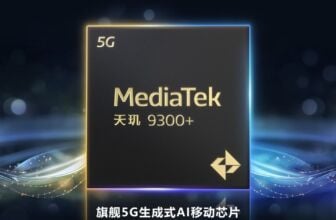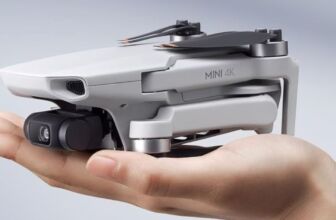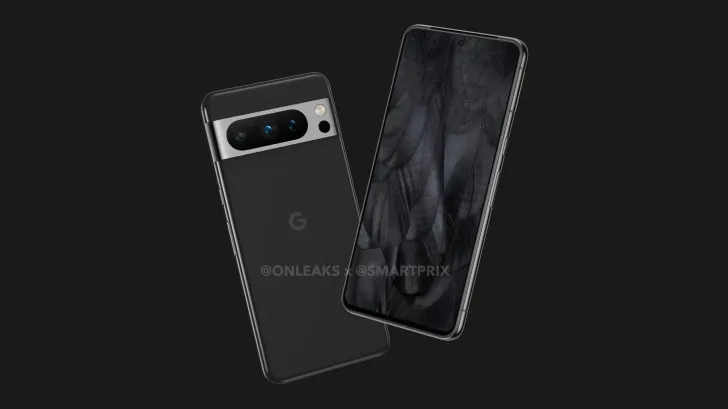
Google Pixel devices have built a strong reputation as excellent smartphones for photography, thanks to a heavy investment in computational photography from the start. This strategic choice has kept the various Pixel generations competitive, despite the fact that the hardware has remained unchanged for four consecutive years. Now it will be at Pixel 8 cameras continue to carry on the Google name.
Topics of this article:
The news of the cameras of the Google Pixel 8 between hardware and software improvements
In the wake of this configuration, the series Google Pixel 7 provided more minor improvements, including a new selfie camera, updated telephoto lens, and macro mode on the Pro model. Thanks to a source inside Google, Android Authority obtained lots of information about the specifications and features of the cameras of the upcoming Google Pixel 8 series.
The biggest camera hardware upgrade this year affects both Pixel 8 models: the Samsung ISOCELL GN1 sensor makes way for theISOCELL GN2. This brings some improvements: first, the sensor is bigger and it should capture about 35% more light than its predecessor, for brighter low-light images and faster shutter speeds to reduce blur.
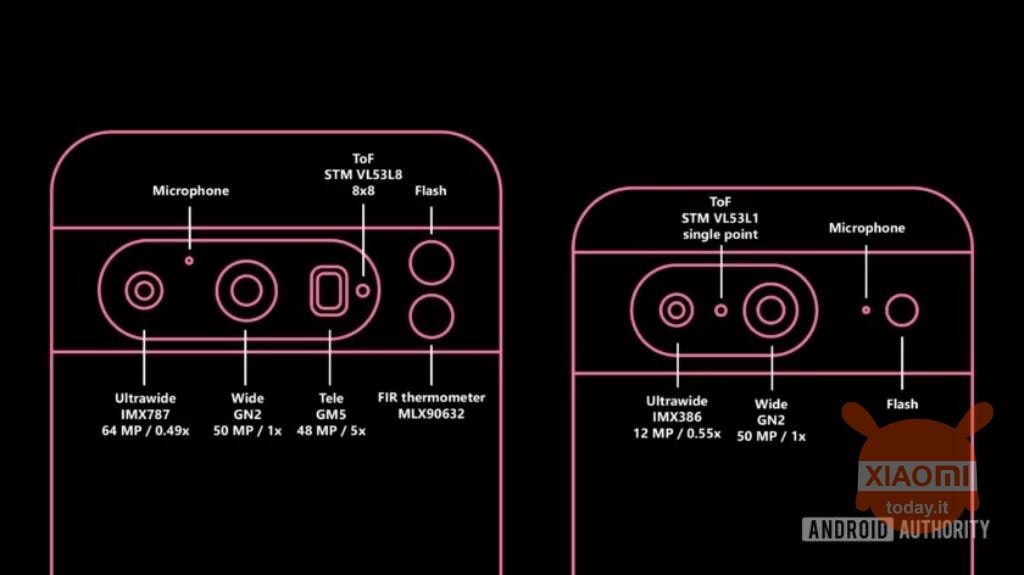
The sensor also supports the video recording at 8K/30fps, as well as the processor G3 tensioner. However, this feature may not be available to users; it is currently not supported by GCam running on the Pixel 8 and existing Pixels already run noticeably hot at 4K/60fps. The latest improvement is the previously leaked support for theHDR Staggered. This reduces the delay between frames that are captured for HDR to reduce ghosting and speed up the capture process. The technology could push Google's HDR+ capabilities even further, providing faster, more reliable shots.
Improvements for the Pixel 8 Pro
The Google Pixel 8 Pro also gets a much-needed upgrade to the ultra-wide camera. The obsolete 386 megapixel Sony IMX12 is replaced by a Sony IMX787 to 64 megapixel much more usable, the same main camera sensor found on the Pixel7a. This represents a huge improvement; the sensor is nearly double the size and should greatly improve the quality of the ultra-wide camera. Google has also made the goal slightly wider. Despite not knowing the exact field of view (FoV), it was increased by a zoom ratio of 0.56x to 0.49x. Surprisingly, there is a possibility that the macro mode introduced with the Pixel 7 series may be absent this year: Right now, the feature is disabled on the Pixel 8 Pro. The feature could be re-enabled later, or perhaps Google has done away with it.
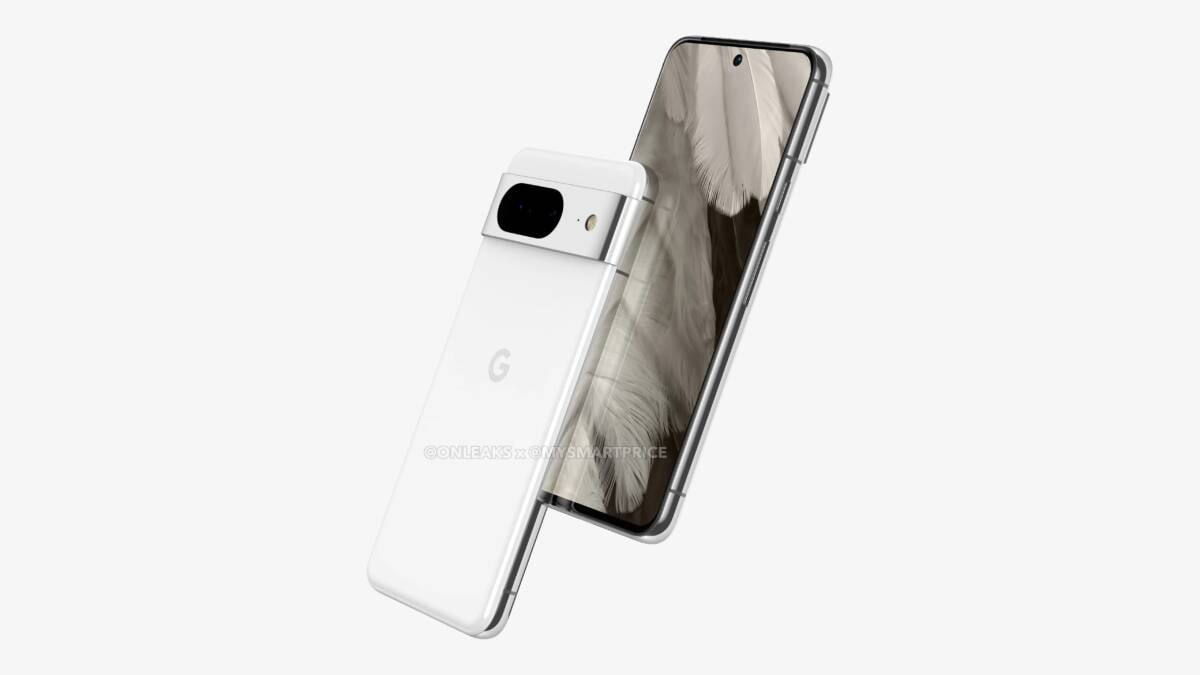
The camera too Ultra-wide of the standard Google Pixel 8 has been updated, albeit in a more modest way. While the camera sensor it's the same Sony IMX386 found in the Pixel 6 series, this year Google made it slightly wider. The Pixel 7 had a zoom ratio of 0.67x, which is now 0.55x in the Pixel 8. The camera telephoto the same 8x unit as the Pixel 5 Pro appears to remain on the Pixel 7 Pro. The same goes for the Pixel 11 series' 7-megapixel selfie camera.
Pixel 8 and Pixel 7 camera difference
| Pixel 7 | Pixel 8 | Pixel 8Pro | |
|---|---|---|---|
| Wide | Samsung GN1 (50MP) | Samsung GN2 (50MP) | Samsung GN2 (50MP) |
| UltraWide | Sony IMX386 (12MP) – 0.67x zoom ratio | Sony IMX386 (12MP) – 0.55x zoom ratio | Sony IMX787 (64MP) – 0.49x zoom ratio |
| Telephoto | - | - | Samsung GM5 (48MP) – 5x zoom ratio |
| selfie | Samsung 3J1 (11MP) | Samsung 3J1 (11MP) | Samsung 3J1 (11MP) |
Camera software improvements
While the camera software on the Pixel 8 is obviously in a fairly early stage of development and is primarily focused on getting the new hardware up and running, we did spot some low-level feature improvements. “Adaptive torch” is a new feature that dynamically adjusts flash intensity based on the scene and other inputs (for example, which capture mode is being used). This should prevent overexposed shots and further improve low-light photography if you use flash.
Another new feature is “Segmentation AWB“. As the name suggests, the scene will be split into different parts using the AI to then apply different processing to specific parts of the image. This concept is not new, Qualcomm has announced a similar feature for the Snapdragon 8 Gen 2. It will be interesting to see how Google incorporates this into its existing processing pipelines. Google could also add one video bokeh blur level selection for smartphone cinematic mode, which was first introduced on the Google Pixel 7 series.




